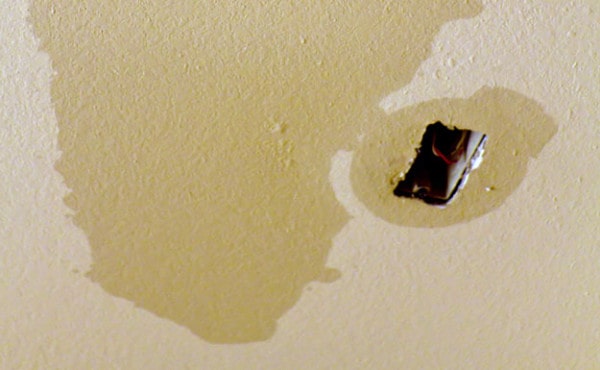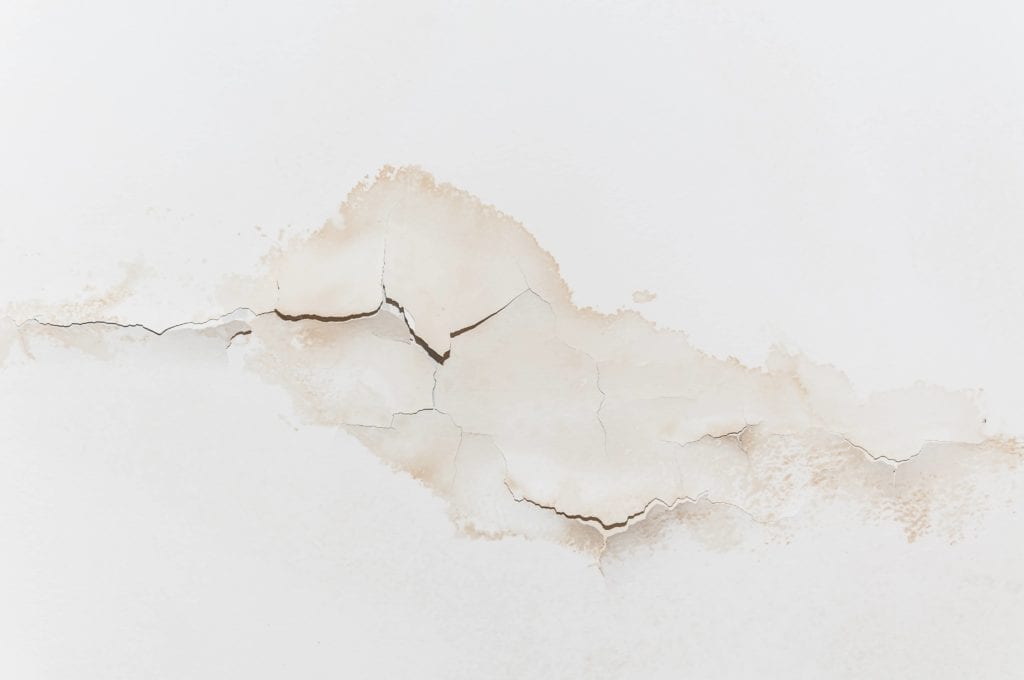What are your opinions with regards to How to Find and Repair Water Leaking in the Wall?

Water spots on walls are not positive to the eyes. Your residence needs to lack stains on the walls, roof covering, or floorings. That is the excellent state of a residence as well as its frameworks. Yet, often it seems virtually unavoidable to experience water stains on walls in residences.
Property owners staying in humid areas regularly manage the worry of water discolorations on walls. That doesn't have to be the instance for you. With well-rounded and also accurate information on the reasons for water spots and also timely fixing processes, you will certainly always be an action ahead of such occurrences. So, this article guarantees to be a valuable overview for you.
3 Typical Sources Of Water Stains on Wall Surfaces
As opposed to popular belief, water stains on wall surfaces do not constantly come from inadequate structure products. There are several reasons for water discolorations on wall surfaces. These consist of:
Poor Drainage
When making a structure plan, it is crucial to make certain ample drainage. This will stop water from permeating right into the walls. Where the drain system is clogged or nonexistent, below ground moisture builds up. This web links to extreme moisture that you discover on the walls of your building.
So, the leading source of wet walls, in this situation, can be an inadequate drain system. It can likewise result from inadequate monitoring of sewer pipes that run through the structure.
Damp
When hot wet air meets with completely dry cool air, it causes water beads to form on the wall surfaces of structures. This occurs in washrooms and kitchens when there is heavy steam from cooking or showers. The water droplets can stain the surrounding walls in these parts of your residence as well as spread to various other locations.
Moist or condensation influences the roofing system and also walls of structures. When the wall is wet, it produces a suitable setting for the growth of microorganisms and fungis.
Pipe Leaks
A lot of residences have a network of water pipes within the wall surfaces. This guarantees that the pipelines are well away from the reach of destructive rodents. It constantly increases the feasibility of such pipes, as there is little oxygen within the wall surfaces. This discourages rust.
Yet, a disadvantage to this is that water leak affects the walls of the structure and also causes extensive damages. An indicator of defective pipelines is the look of a water tarnish on the wall.
Water Spots on Wall Surface: Repair Service Tips
Property owners would generally want a quick fix when handling water stains. Yet, they would certainly soon understand this is disadvantageous as the water discolorations recur. Below are a few useful tips that will certainly lead you in the repair work of water stains on walls:
Pro Suggestion
A houseplant in your house additionally enhances its humidity. So, if your house is currently damp, you might wish to introduce houseplants with marginal transpiration. An instance of ideal houseplants is succulents.
Final thought
Although nobody wants to have water spots on walls in their home, it can happen to the very best of us. This post provides you leverage, as you currently recognize just how to handle this problem if it does occur.
It is always best to hire professional services to assist take care of the problems in your home.
Often it appears almost unavoidable to experience water spots on walls in homes.
Contrary to prominent idea, water discolorations on walls do not constantly stem from poor building products. There are several reasons of water discolorations on walls. The water droplets can discolor the bordering walls in these components of your residence and spread to various other areas.
Right here are a couple of handy tips that will assist you in the repair of water stains on walls:
CHECKING FOR WATER DAMAGE
Water damage can be costly, and it may begin before you even notice the first signs of trouble. Water damage can cause mold and mildew in your walls and floors, which can create an abundance of health concerns for your family. It can also lead to costly repairs of various appliances and general home fixtures. To avoid the pricey consequences of water damage, here are Warner Service’s top 5 places you should check:
The walls – The easiest place to spot the beginnings of water damage is on the walls and ceilings of your home. If water damage is present, there will most likely be water stains, especially around the windows and doorframes, and/or cracks in the drywall. If a stain looks unusual (discolored to brown, black or gray, raised texture), has a swollen appearance or is soft to the touch, contact a professional immediately. The pipes – To avoid water damage, consistently check the pipes in your kitchen (especially the dishwasher and ice maker), bathrooms, laundry room (specifically washing machines) and basement for corrosion, leaks and water stains. Pay special attention to where the pipes connect in your home and the location of caulking around the bathroom fixtures, including toilets, sinks, showers and tubs. Missing or loose caulking and grout could be signs of leaking water. This seepage can also quickly cause mold and rust, so double check your water heater and tank for wet spots on the floor. The floor – Water damage is very easy to spot on the floor. Look for any warping or buckling of the material, especially in the basement. If your home has wood flooring, look for bright white or dark stains. If your home has carpeting, keep it dry and clean. A damp carpet that smells of mold could cause water damage and health problems. To avoid this, consider installing floor pans under your appliances to help prevent damages from small, slow and undetected leaks. The basement and attic – If your basement or attic smells odd check for mold and mildew around the area, especially the valley where the roof meets. While you are inspecting those areas, check for wall cracks, floor stains, rust and dampness in the insulation. If you live in a colder and/or rainier climate, perform routine checks for water damage from melting snow or ice and rain. The exterior – Check the roof for damaged flashing and missing, cracked or curled shingles. There should also be no standing water anywhere outside your home. This could be caused by puddles, leaky rain gutters or hoses, poor drainage, or short gutter spouts. Invest in a sump pump system or water flow monitoring system, and perform routine maintenance on these outdoor appliances to avoid indoor water damage.

Do you enjoy reading up on How to Remove Water Stains from Walls and Ceilings? Place a remark down the page. We will be pleased to find out your views about this content. We hope that you visit us again soon. Do you know about somebody else who is interested by Water Stains on Walls? Take a moment to promote it. Kudos for your time. Visit again soon.
Local favorite for plumbing emergencies.